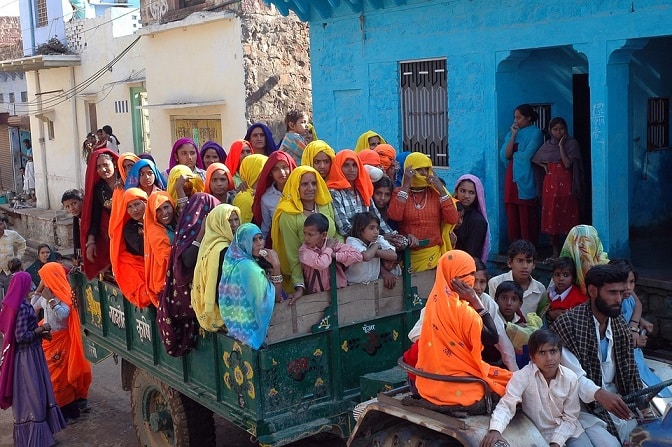Life in the village of Tiwaritola in of eastern Uttar Pradesh is hard; the roads are bad, the power supply is unreliable, poverty is rife, there is poor sanitation and unemployment is rife. AS if this is not enough, the drinking water in this region is also poisonous and is killing the villagers.
Tiwaritola is situated less than 300 metres from the Ganga along the U.P.-Bihar border, and the bodies of the residents bear testimony to the arsenic in the water that is poisoning them and atrophying their bodies. Virtually every person is suffering from melanosis (skin lesions or white marks that develop on their chest, abdomen or thighs) as a result of the toxicity of the water, and many others have even more serious ailments.
Subash Pandey, a Brahmin who earns his living by offering priestly services, has poor eyesight, breathlessness and cannot walk more than a short distance at a time. While he does not feel well, Subash is worried that his condition could worsen, as long-term exposure to arsenic from food and water can result in lung cancer.
Akshayvat Pandey is younger than Subash but also suffers the results of arsenic toxicity and says that arsenic poisoning does not only harm their bodies but also has social ramifications because it is difficult to find a husband for their daughters due to the fact that the girls have ugly marks on their bodies due to the arsenic poisoning.
The World Health Organisation (WHO) set the permissible limit for arsenic in drinking water at 5 ppm – over 300 villages in Ballia have far higher levels, with 30% of them having arsenic concentration levels above 100 ppm.
Arsenicosis has been in the news since a report by two Kanpur-based researchers was published in in the Journal of Environmental Biology in 2012, but villagers say that various governments have done surveys there but nobody has come up with a permanent solution as yet.
Get bottled water coolers and mains water coolers from Living-Water.






